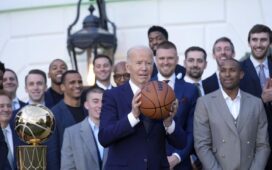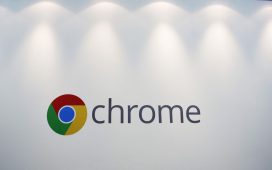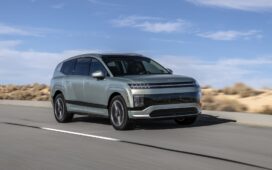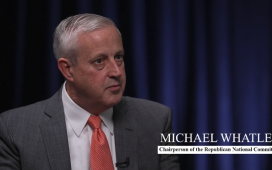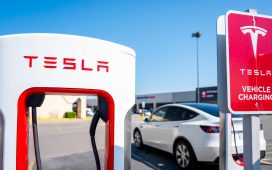Q: Why did Honda become Japan’s first automaker to commit to full zero emissions?
A: Honda has a long history of taking on the challenge of social issues. The CVCC engine, that was one of them, as well as California SULEV. We were the first to launch such products in the world. Now the thing we must tackle is global warming. We provide the world market with some 30 million units of products equipped with engines. So this is something Honda definitely must do. And this is the first thing that came to our mind.
Honda is famous for its engines. How can it abandon all that brand equity and expertise?
The question is, can we achieve carbon neutrality just by hanging on to our existing engines? If we could, that would be fine. But that is not a realistic solution. What we really want to do is achieve carbon neutrality. The best asset we have is not the engines themselves, but the human resources that have been building those engines.
That’s what we treasure most. The people who have been producing the current engines are being reassigned to fuel cells or solid-state batteries and the like. The human resources that have been producing engines will just have to change focus. And with that, we believe we will definitely be able to lead the world in those technologies as well. This is a necessary decision to make sure Honda exists sustainably into the future.
What is Honda’s carbon-neutral and electric vehicle strategy for North America?
In North America, we feel there’s a rush to electrification, particularly after Mr. Biden took office. But it’s still going to take some time. So we don’t want to focus too much effort onto it right now and wear ourselves out. We are still in the initial stage.
At this point, I don’t think we should be doing it alone. We should team with partners like General Motors and then build to a certain volume to ensure business feasibility. That’s the strategy we have for the initial period in North America. Once we reach a certain volume, we will consider rolling out Honda original products. And not just EV products. We will probably expand our investment into areas related to EVs and expand into businesses surrounding EVs. As our first step for North America, you might think it’s not that productive, but for now, teaming up with GM is the best solution.
When will Honda announce more details about the North American plan?
For the first phase, we are working with GM. And starting from the 2024 model year, we will be coming out with the Honda Prologue and another model under Acura. Beyond that, maybe I can say something about that early next year. And this would probably be not just about the products but also about our battery strategies and things like that.
How much will Honda need to invest in its EV and battery plan?
Right now, all I can say is billions and billions. We are still considering when we can actually produce and launch all solid-state batteries, which we expect to be a game-changer. Of course, we already have liquid lithium ion batteries. If we make too huge an investment, we feel the production facilities can’t be readily commonized between lithium ion and solid-state batteries. We need to think about the balance. This will probably happen in the late 2020s. So we need to think long term and consider what timing is best for this investment of billions and billions.
What is the status of Honda’s solid-state battery development?
We will build a pilot line probably by next year. We will monitor how the pilot line goes. But we still need to assess the timing of when the changeover to solid-state batteries might happen. That is why I still cannot come up with clear numbers.
So it’s a matter of holding back on big outlays until solid-state is ready and leaning on GM in the meantime?
When it comes to our hardware strategy, yes. But when we talk about EVs, it is not just enough to talk about product alone. We need to provide all the values that come with EVs, the software-defined and connected portion as well. And we have been developing and working on these aspects.
Eventually, when we can come up with high capacity and highly safe batteries, the batteries and also the platform for those cells will be dramatically different and enhance our competitiveness. That’s where we should be able to differentiate ourselves. I have no intention of launching vehicles that don’t provide the values that should come with an EV.
How many gigawatt-hours of battery supply will Honda need in, say, 2030 or 2040?
If you look at the absolute numbers of our vehicles, for the advanced markets, we are saying 40 percent [EV] by 2030. So if you do some rigorous calculations, you should be able to reach the gigawatt numbers. But I don’t think we can simply just replace the current internal combustion engines with the new technology. That’s not what we’re aiming for.
We have to change the business model itself. Thus the values of new mobility will be right at the very top. And those are the values provided by the software. And under that will be a platform that consists of those services provided by software. And then under that, you will have the hardware to support those platforms.
In general, the absolute number of vehicles may decline because of the sharing business and things like that. I don’t think we can maintain the absolute number of vehicles out there. If we look at the current vehicle volume as the base, it’s not that we are going to pour all our efforts into maintaining the absolute number. We definitely have to change the current automobile business model itself. That is why we are not publishing a numerical target.


